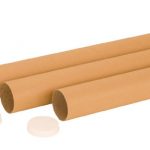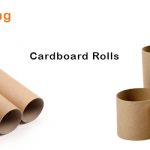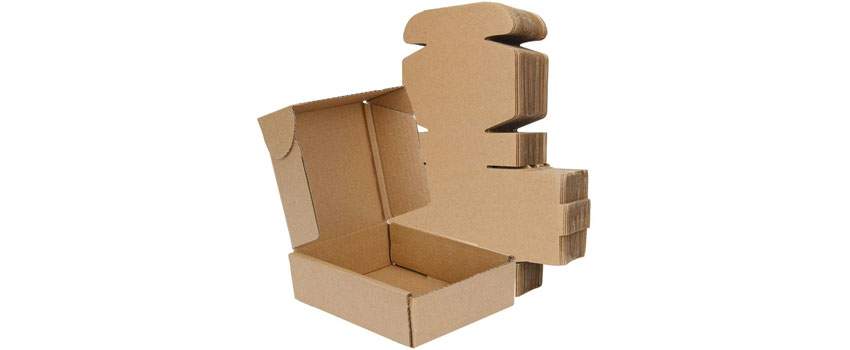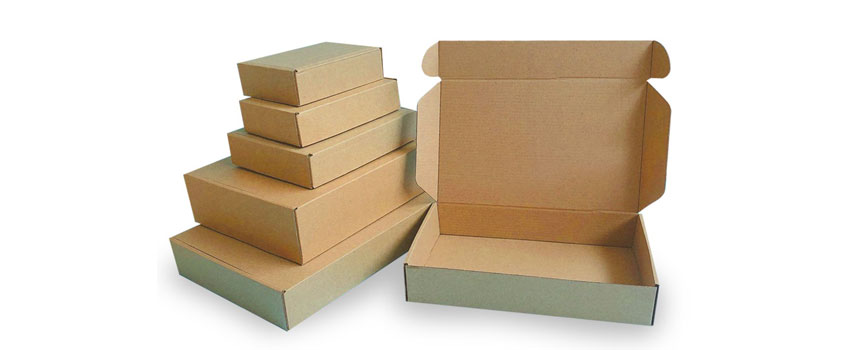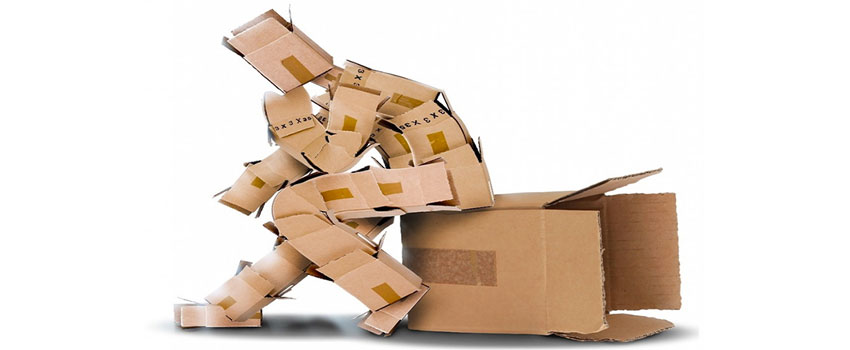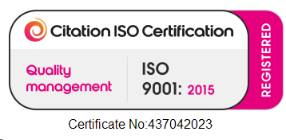Cardboard boxes are a type of container used for packaging, distribution, and storage of a variety of products offered to customers or businesses in retail stores.
Cardboard boxes are an important part of the broader word packing, which refers to the materials used to safeguard items during shipping. This is important because a corrugated box or another packaging might well be subjected to a variety of stresses during transportation, including mechanical vibration, pressure, and temperature cycling, to mention a few.
Packaging designers research environmental factors and create packaging to reduce the impact of such factors on the commodities being stored or transported.
Cardboard is a very durable material that comes in a variety of forms and varieties to meet your requirements. Packaging is one of the most common uses for cardboard. The numerous varieties of cardboard packaging may be customized and modified to a wide range of weights, thicknesses, and widths, and hence can be utilized for practically any purpose.
Things to Consider When Choosing Cardboard as Your Packaging Material
When deciding between various forms of cardboard packaging, there are a few characteristics to consider.
- What is the weight of your packaging? The weight of the item that will be packaged with cardboard is crucial.
- Is there a chance it’ll get wet? If that’s the case, you’ll need to think about laminating capabilities or other ways to keep the cardboard from getting wet.
- Are you going to have to print on the packaging? It’s crucial to keep in mind that some cardboard is simpler to imprint on than others.
Standard Types of Cardboard Boxes
Many individuals are perplexed by the various types of boxes and the interchangeable terminology used to describe them in the packing industry —Rigid Boxes, Folding Cartons, Set-up Boxes, Corrugated Boxes, Cardboard Boxes, Paperboard Boxes, and so on.
In the world of packaging, there are three fundamental styles of boxes. All are composed of differing thicknesses of paper pulp.
Three Basic Types of Boxes
Folding Cartons
Folding cartons (also known as paperboard cartons or paper packaging boxes) are among the most standard types of boxes available at retailers. This is a folding carton, similar to a cereal box or milk carton.
Rigid Boxes
Rigid boxes (also known as set-up boxes) are more durable than foldable cartons since they do neither fold or collapse. They are frequently, though not always, used for higher-end products with high perceived quality. They’re also employed when the goods inside are particularly heavy and require additional support. A rigid box is something like an iPhone package.
Corrugated Boxes
Corrugated boxes (also known as corrugated board, blended board or corrugated fiberboard) are brown cardboard boxes that are widely used to store or pack your goods when moving to a new home.
Three layers are common in corrugated fiberboard. Sandwiched between two outer smooth surfaces is a curvy or fluted layer. The perforated layer that’s where this paper product’s durability lies.
Different Types of Cardboard Packaging
Depending on your requirements, you will require several forms of cardboard packing. There are several different kinds of cardboard packing listed below—
Single-face board
The most common sort of cardboard packaging you’ll come across is the single-face board. This is just corrugated cardboard without the second consecutive section on the flute layer’s other side. This style of packing is frequently used to segregate things in a single box so that they really do not collide or break during transit.
Single-wall board
This is standard corrugated cardboard, that is used in many different types of cardboard packaging and shipping boxes. It has two flat walls with one line of fluting in the middle. This is the type of cardboard that is commonly used in boxes because, even with only one flute layer, it can be fairly sturdy.
Double-wall board
The double-wall board, of course, provides an extra layer of fluting in between two outermost layers. This not only strengthens the board but also provides additional security for whatever goods are stored inside.
Triple-wall board
The triple-wall board contains 3 levels of fluting between the two outside walls, as you may have surmised. Only extremely heavy objects, such as automobile components or major appliances, require this unique sort of corrugated cardboard wrapping.
Between the two exterior walls, there are even cardboards with four, five, or even more layers of fluting. These sorts of cardboard packaging, on the other hand, are extremely uncommon and are only utilized in rare instances.
Corrugated fiberboard
Corrugated fiberboard is a three-layered material having a flat exterior across each side and a curvy surface in the centre area known as fluting. The material’s wavy centre strengthens it, enabling it to hold heavy things without breaking or collapsing.
Corrugated fiberboard is available in a multitude of widths to accommodate stronger or weaker cardboards based on the packaging requirements. Corrugated fiberboard sizes are commonly represented by letters. The width and frequency of the waves in the flute surface in the middle determine the size.
Honeycomb cardboard
This is a less commonly used type of cardboard packing, yet it is widely utilized because of its sturdiness. The length of this cardboard is composed of numerous layers of corrugation, which are all wrapped by a sheet of multilayered paper on either edge to make up the breadth of the board. It can be used to eliminate pallets and other commercial requirements.
Paperboard
This is an extremely thin form of cardboard that is utilized in a variety of applications, including toilet paper rolls and cereal boxes. Paperboard, commonly known as chipboard or carton, is much less durable than corrugated fiberboard and is therefore utilized for lightweight products or non-load-bearing applications.
Buy Cardboard Boxes and Tubes from Safe Packaging
If you are looking for top-quality cardboard’s boxes, postal tubes or stretch film, Safe Packaging is a great place to shop!


